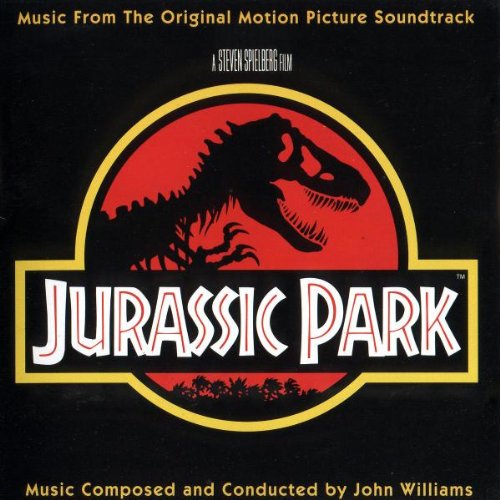
John Williams
Welcome to Jurassic Park (From Jurassic Park)
John Williams Week // By AJ / 21 November, 2014
Jurassic Park is one of the earliest films I can recall watching in my youth. As child, every aspect of this film was magical and enchanting, as trite as that sounds – to see what looked to be real dinosaurs in the way they were portrayed in the film was exhilaratingly terrifying, further cementing my (and most children’s) deep fascination with these almost incomprehensible creatures that once roamed our earth.
John Williams managed to squeeze two very memorable motifs into the film, both of which are contained within this piece. The first is a gentle and beautifully majestic introduction to the concept of the titular park. It gives its inhabitants a sense of wonderment, grounding their almost alien-like presence in the modern world with a naturalness and comforting warmth. In this regard, the dinosaurs are rendered beyond the speculative realm of imagination and given status as real and present – they belong to this world.
The second motif swells from the previous movement at the 4:29 mark to give strength and pride to the park and its creatures. It empowers and uplifts, granting a sweeping legitimacy to the seemingly impossible idea of a wildlife park inhabited by extinct creatures. It’s a motif that, appropriately enough, isn’t recalled often in the film (given how the story plays out), but it’s quite possibly the most iconic composition the film offers.

